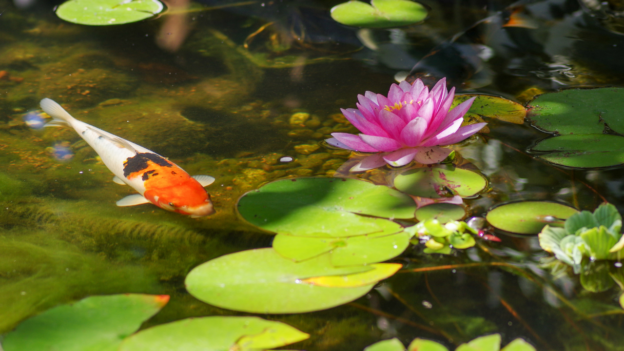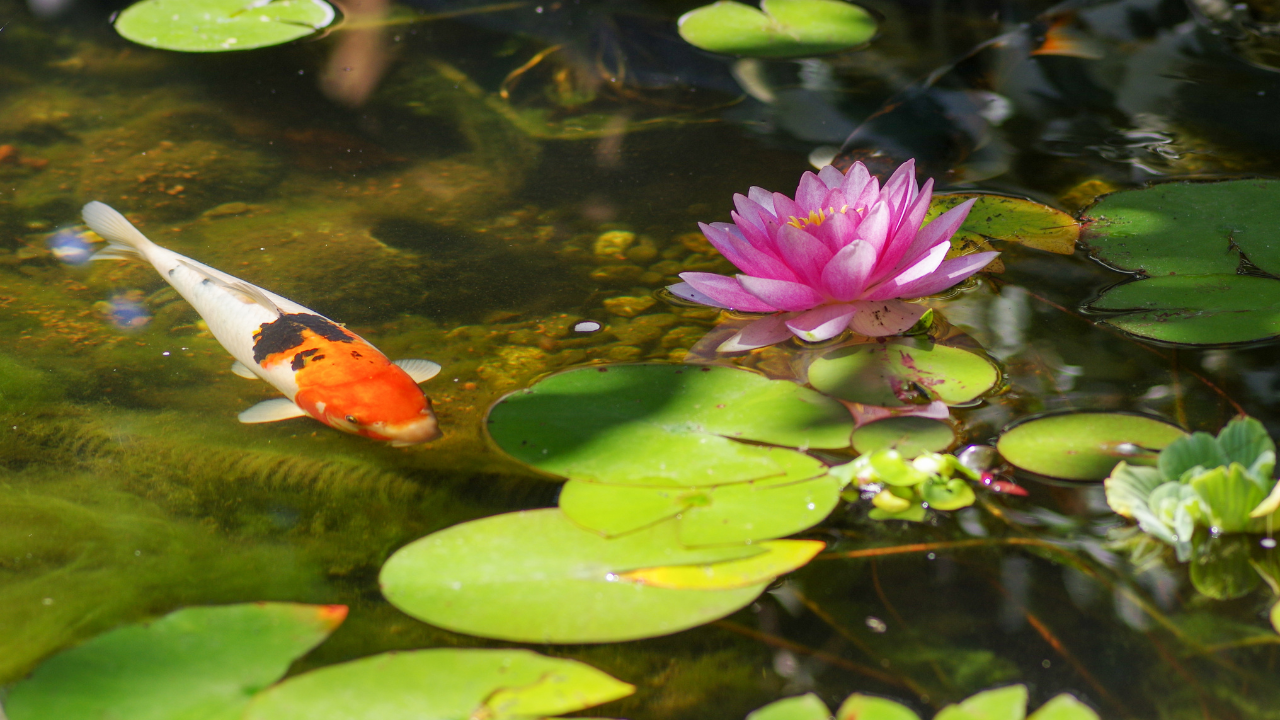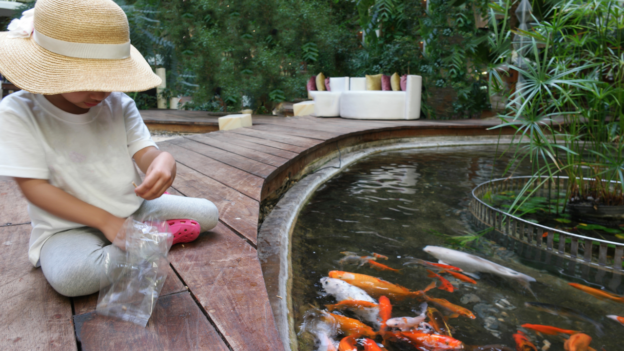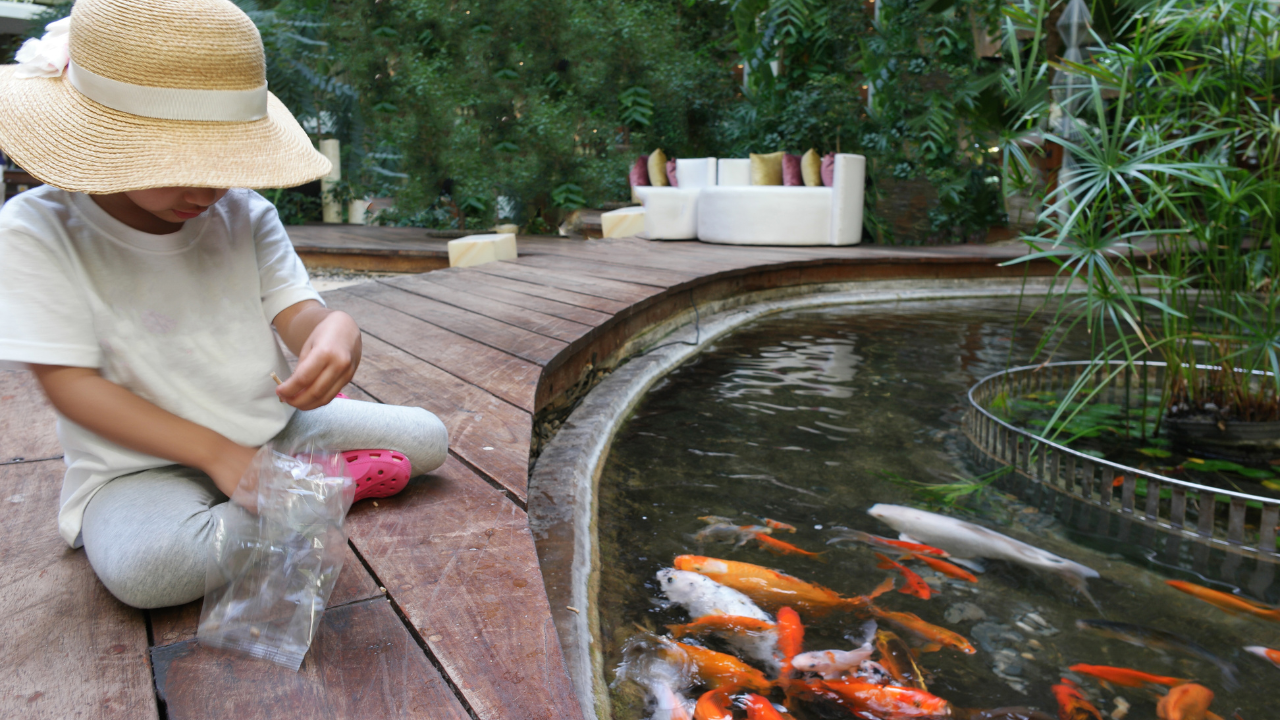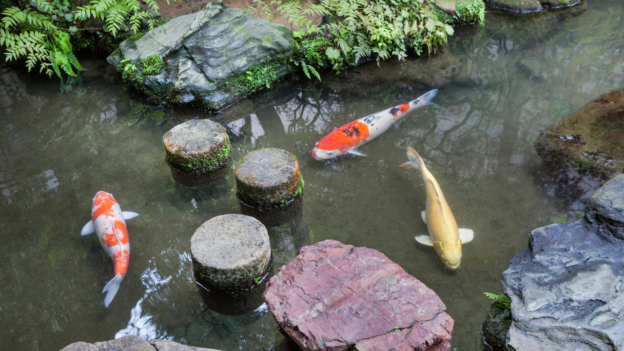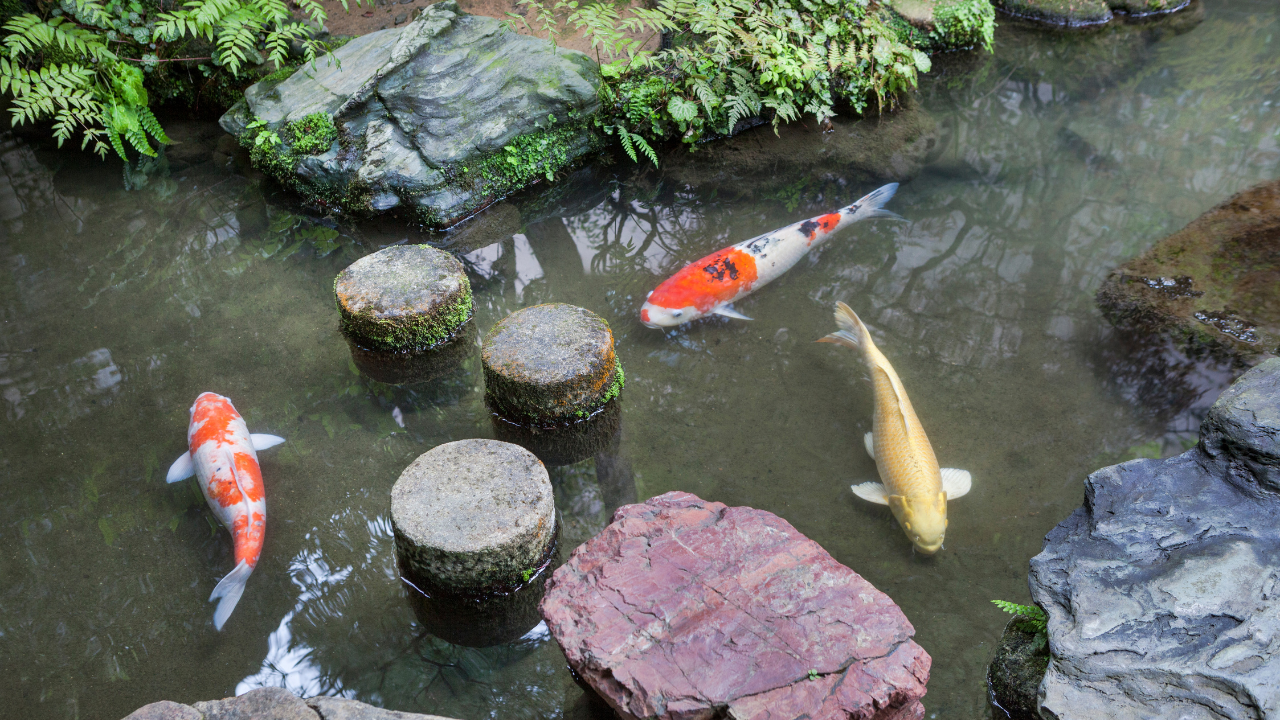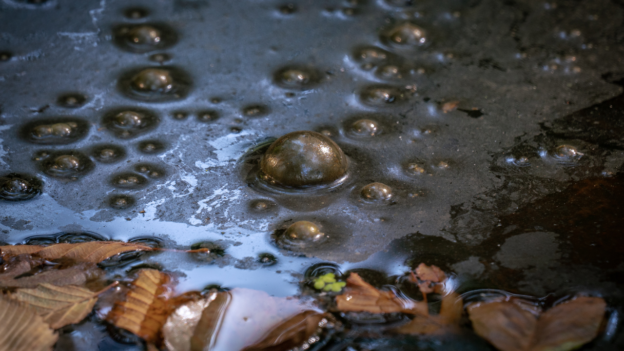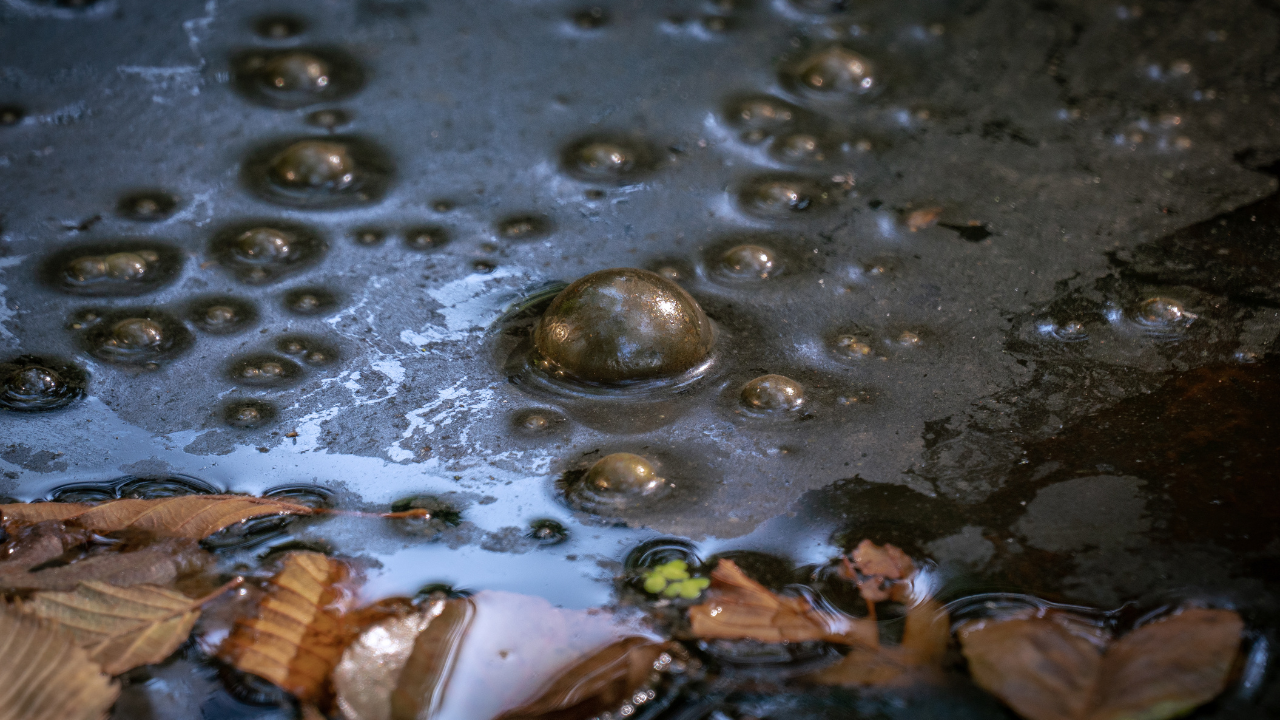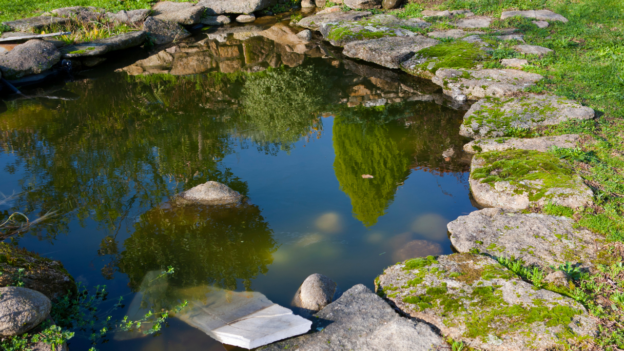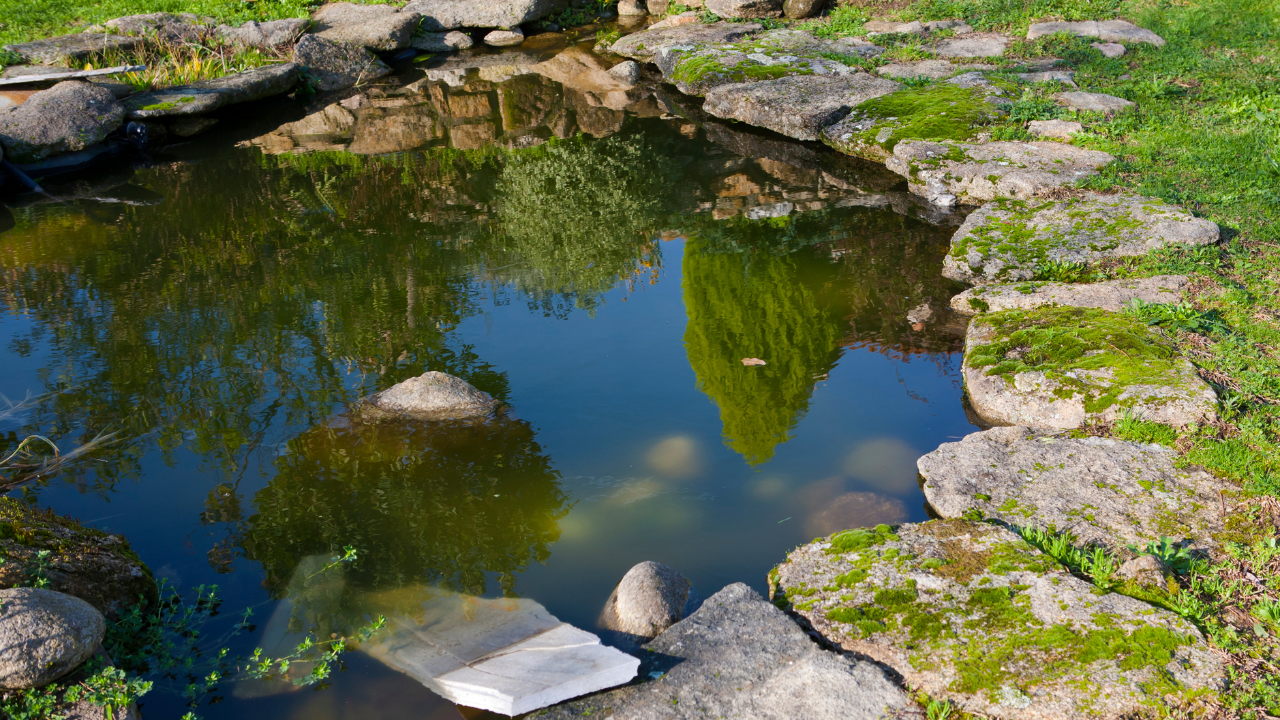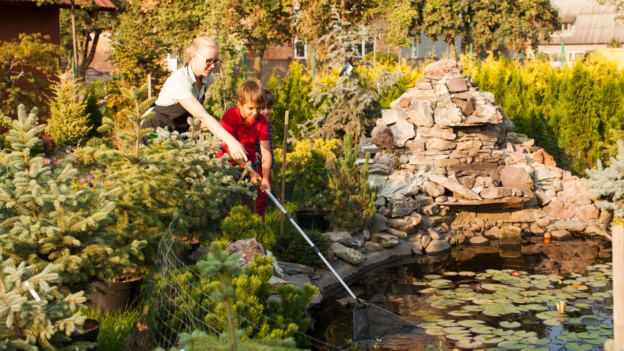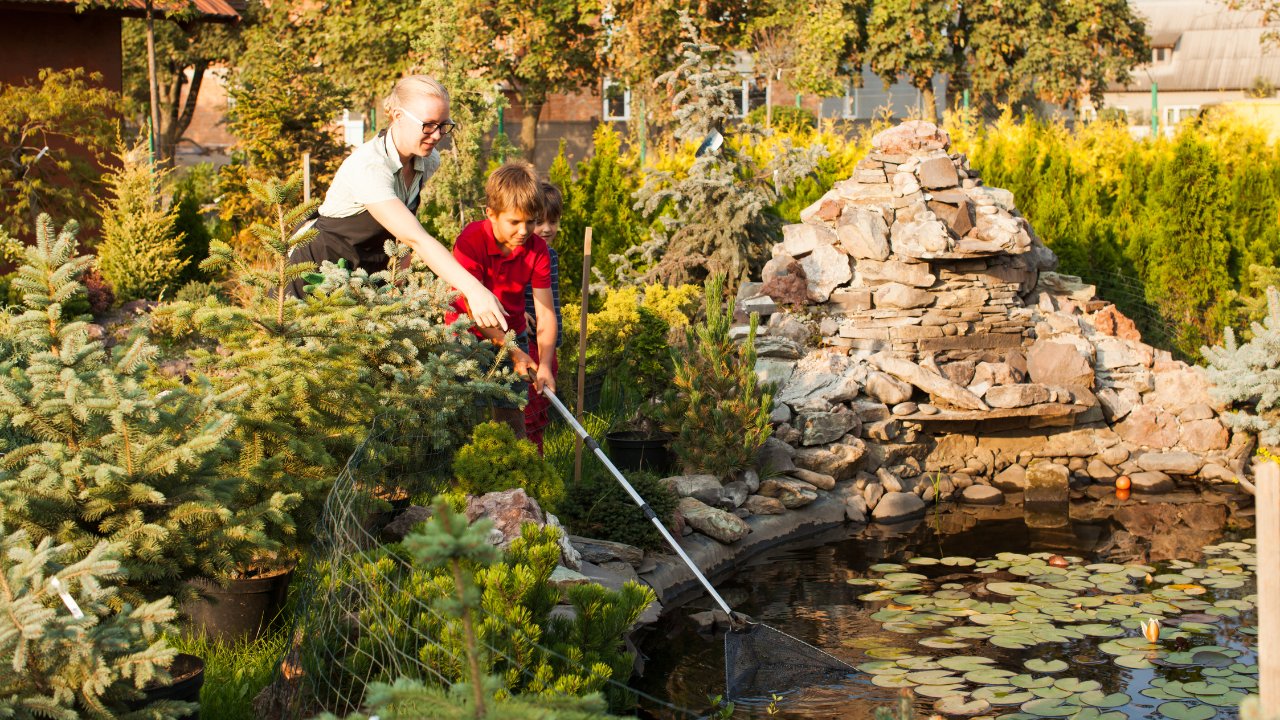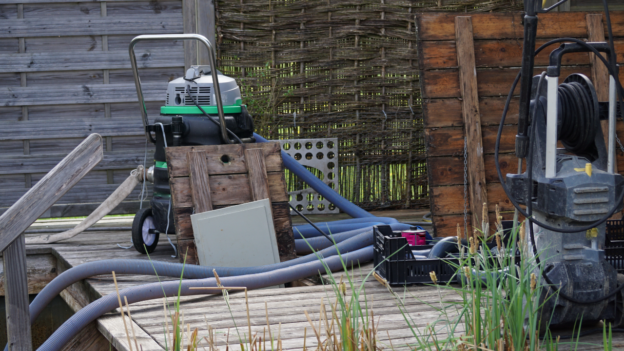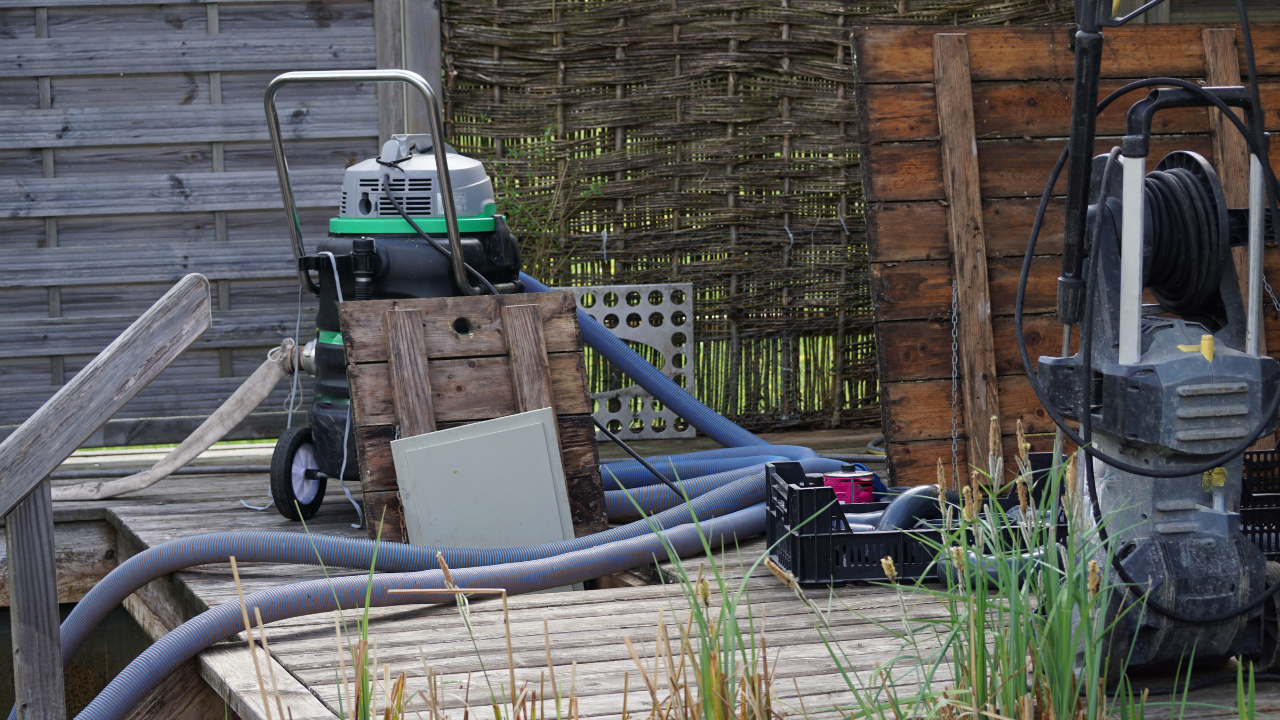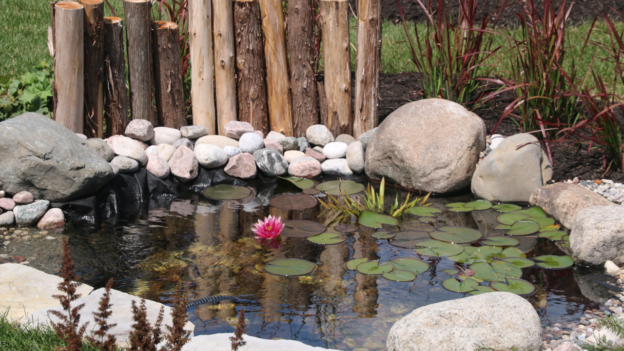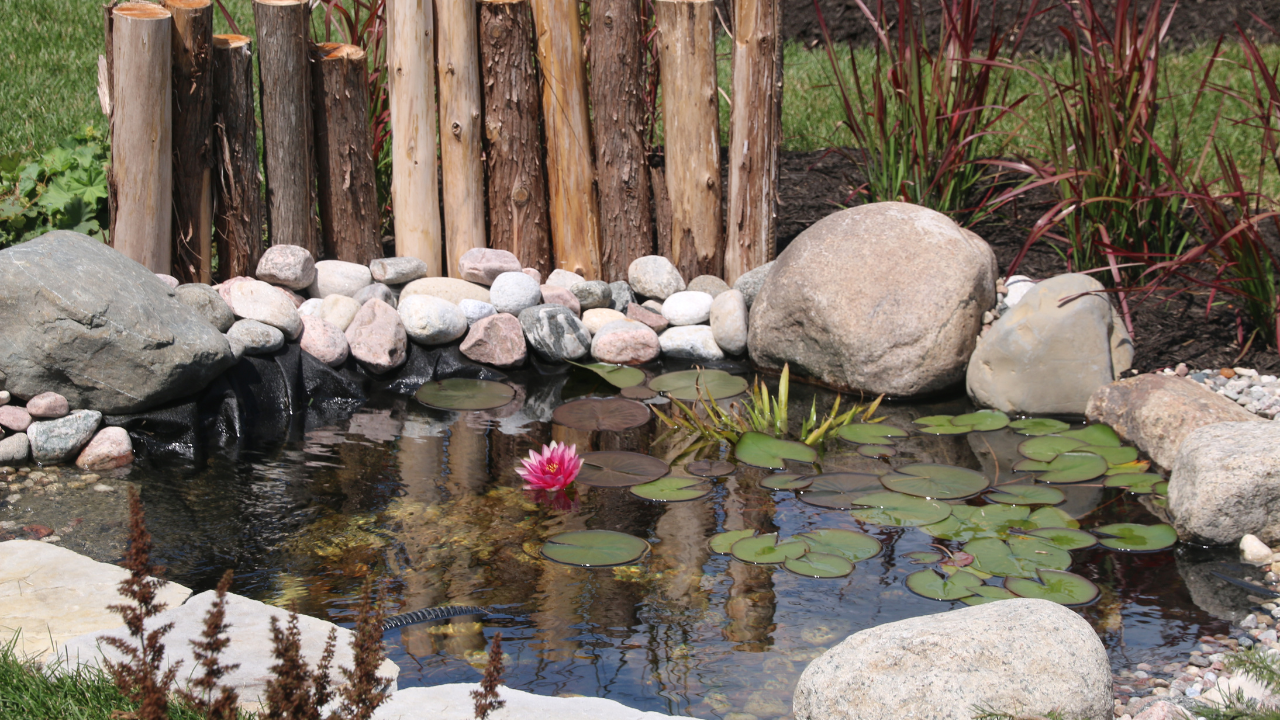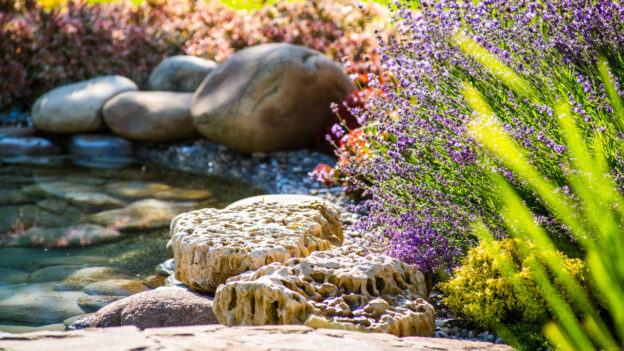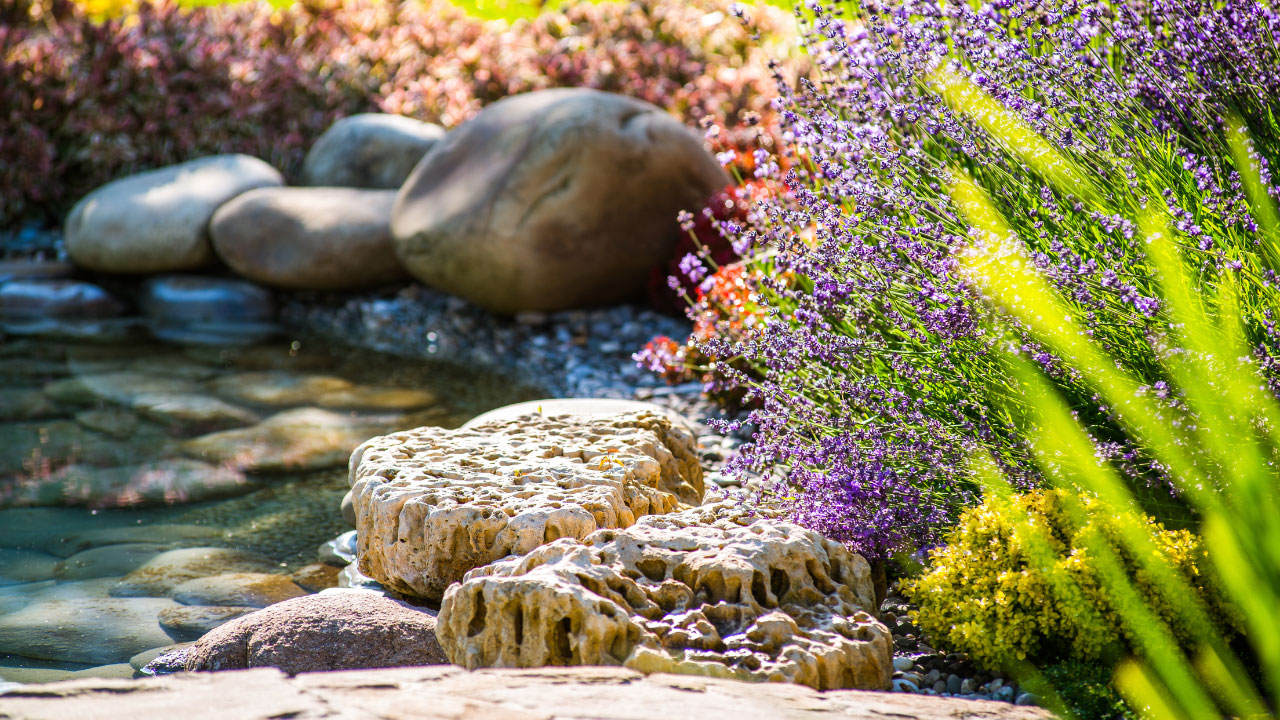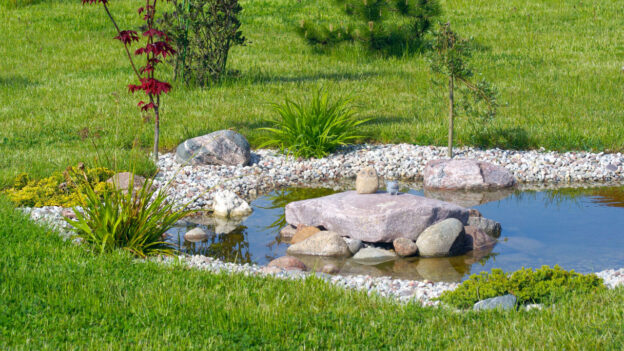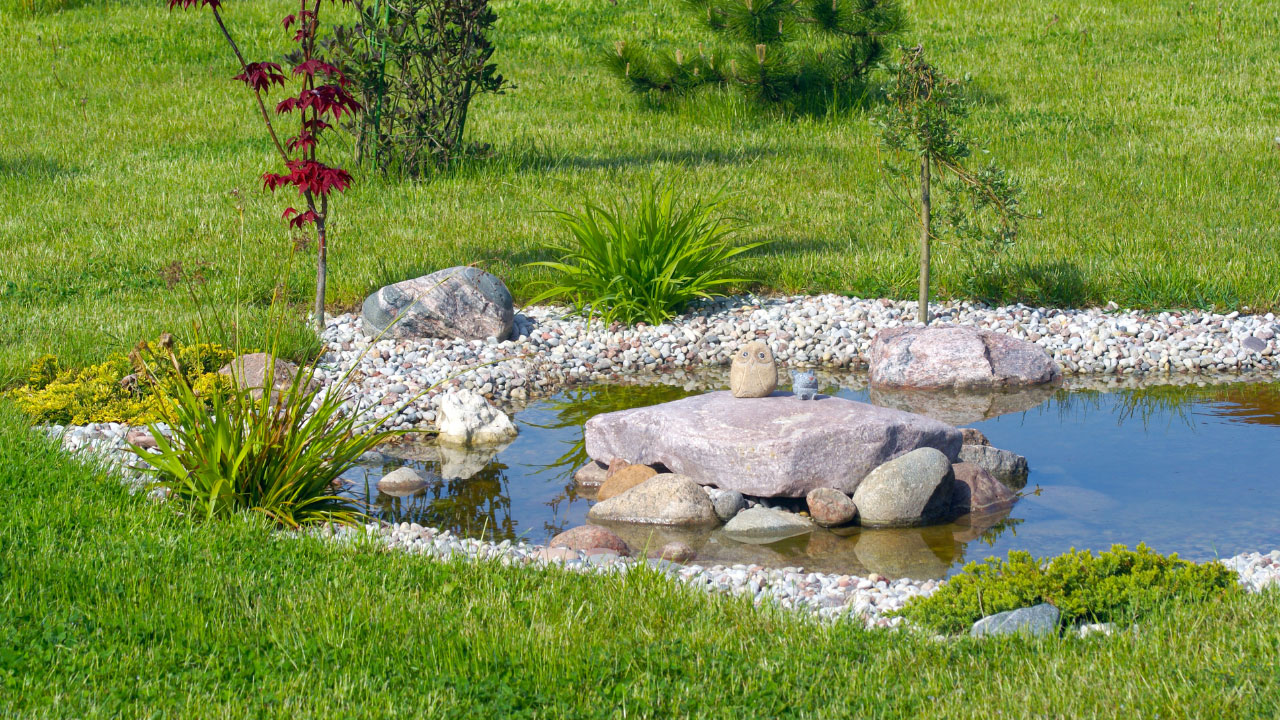Key Takeaways
- Clean your pond pump at least once a month to maintain water flow and prevent issues like algae buildup and murky water.
- Check your pond pump every couple of weeks, especially if you notice a decrease in water flow, to catch any clogs or debris early.
- A pre-filter can reduce the amount of debris entering the pump, making your regular cleaning routine easier and extending the pump’s lifespan.
- Keeping plants and trees around your pond trimmed helps minimize the amount of leaves and debris falling into the water, reducing the workload on your pump.
- Maintaining balanced pond water with beneficial bacteria and algae control products can prevent buildup that could clog your pump.
Having a pond in your backyard is like having a cute piece of nature right at home. It’s not only peaceful but also adds beauty to your outdoor space. But like everything, it needs a bit of extra care to keep it running smoothly.
One of the most important pond maintenance parts is a cleaned pond pump. Don’t worry, though, cleaning your pond pump is easier than you might think! Let’s understand these simple steps to help you out.
Why Cleaning Your Pond Pump is Important
Your pond pump is the heart of your pond’s ecosystem, especially in backyard ponds and garden ponds. It keeps the water moving, which helps prevent algae growth and keeps the water oxygenated for your aquatic life like fish and aquatic plants.
If your pump gets clogged or dirty, it can slow down or stop working altogether, which can cause all sorts of problems for your pond, including murky water.
When Should You Clean Your Pond Pump?
How often you should clean your pond pump depends on a few things, like the size of your pond, the type of pump you have, and how much debris gets into the water.
Pond owners in Southern California often deal with falling leaves, dust, and other organic matter that can quickly clog submersible pumps. As a general rule, it’s a good idea to check your pump every couple of weeks and give it a good cleaning at least once a month.
If you notice the water flow slowing down, that’s a sign your pump might need some attention.
Easy Steps to Clean Your Pond Pump
Ready to get started? Here’s a simple guide to cleaning your pond pump:
- Turn Off the Power
Before you do anything, make sure the pump is turned off. You don’t want it running while you’re trying to clean it.
- Remove the Pump
Carefully take the pump out of the pond. If it’s connected to any tubing or hoses, disconnect those as well. Whether you’re working with a small koi pond or larger water features, make sure you handle the pump gently.
- Inspect the Pump
Take a good look at the pump. Check for any obvious signs of debris, like leaves, dirt, fish waste, or algae growth. If you see anything, go ahead and remove it.
- Clean the Pump Housing
The housing is the outer shell of the pump. It’s usually the first place where debris gets stuck. Use a soft brush or cloth to wipe away any gunk. You can also rinse it with a garden hose or power washer to remove stubborn dirt, but be careful not to damage any delicate parts.
- Clean the Impeller
The impeller is the part of the pump that actually moves the water. It’s usually located inside the pump housing. Gently remove the impeller and give it a good cleaning. If it’s covered in algae or dirt, soak it in a bucket of water for a few minutes before scrubbing it clean.
- Rinse and Reassemble
Once everything is clean, give all the parts a final rinse with clean water. If you’re dealing with a larger pond that holds many gallons of water, you might want to use a pressure washer for a deeper clean. Then, reassemble the pump and make sure everything is securely in place.
- Test the Pump
After you’ve put the pump back together, reconnect it to the tubing or hoses and place it back in the pond. Turn the power back on and check to make sure the pump is working properly. You should see the water flowing smoothly again.
Tips for Keeping Your Pond Pump Clean Longer
- While regular cleaning is important, there are a few things you can do to help keep your pump cleaner for longer:
- Use a Pump Pre-Filter: A pre-filter helps catch debris before it gets into the pump, which means less cleaning for you.
- Trim Plants Around the Pond: Keeping plants and trees trimmed back can help reduce the amount of leaves and debris that fall into the water, especially if you’re using pond liners to protect your pond.
- Check Your Water Quality: Keeping your pond water clean and balanced with Beneficial Bacteria and Algae Control can help prevent algae buildup, which can clog your pump. This is key for maintaining a healthy pond.
Need Help with Pond Maintenance?
Cleaning your pond pump might not be the most exciting task, but it’s definitely one of the most important when it comes to keeping your pond in top shape. Whether you have a small koi pond or large water features, with these easy steps, you can keep your pump running smoothly and your pond looking its best. So, grab your local cleaning supplies and show your pond some love. It’ll thank you for it!
Need help with pond and fountain repair in Orange County, or if you’re looking for pond fountain parts and supplies, contact OC Pond & Fountain Care for all your pond care needs. We’ve got everything you need to keep your pond looking great all year round.
